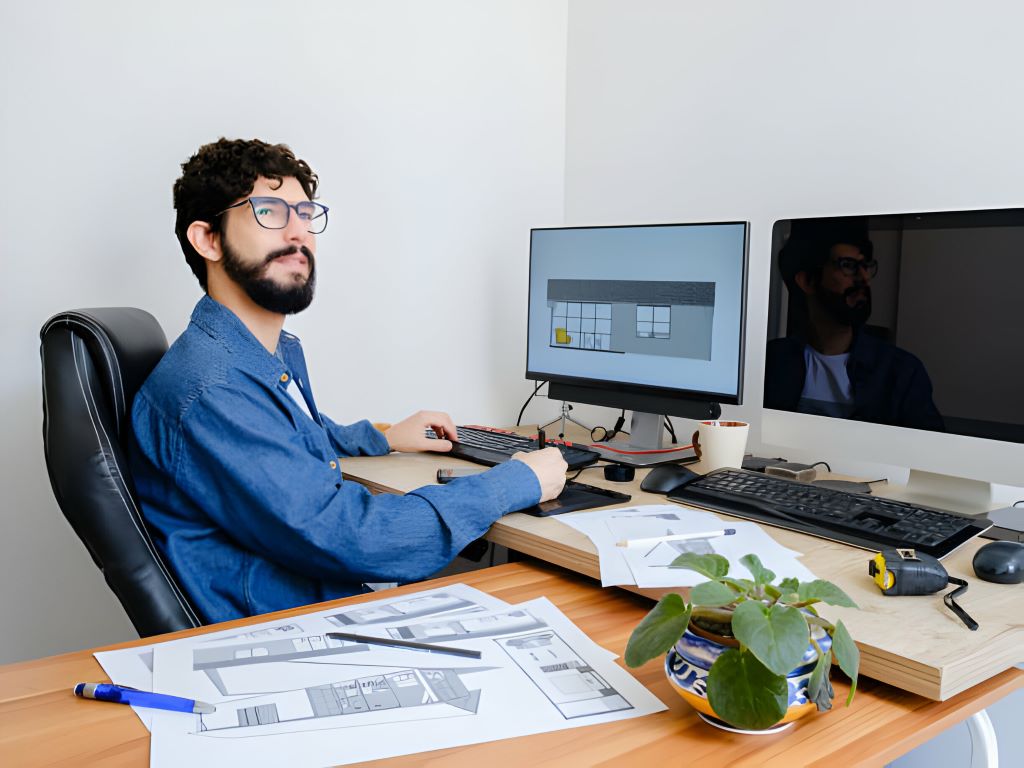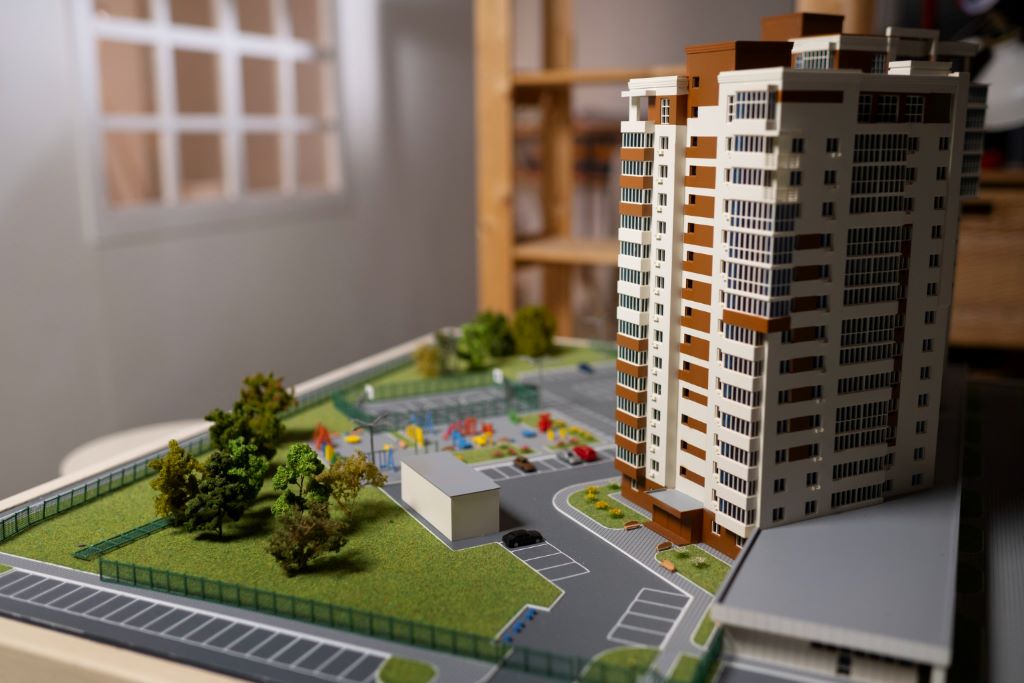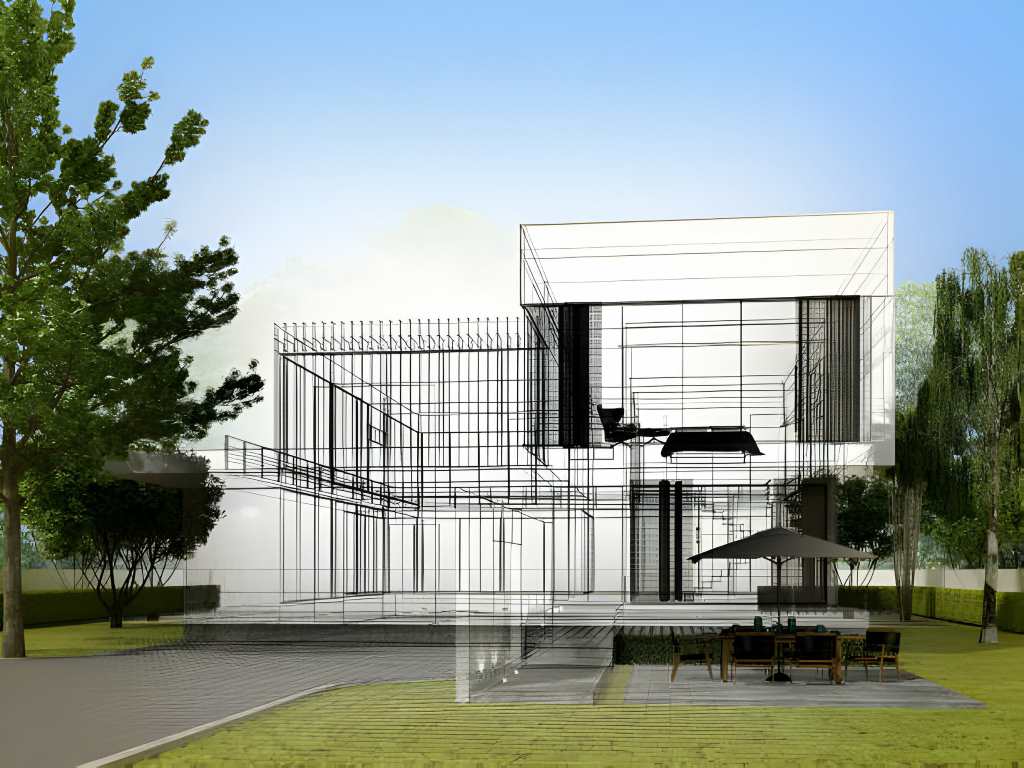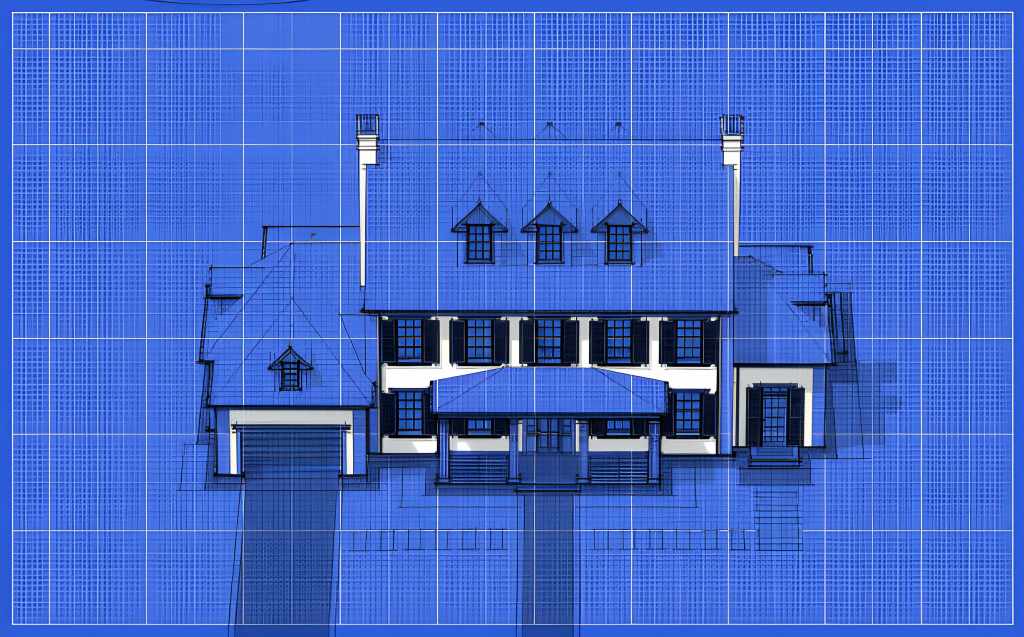
Exploring The Tech Revolution In 3D Exterior Rendering
In the realm of architectural visualization, 3D exterior rendering stands as a pivotal tool, revolutionizing the way architects, designers, and real estate developers communicate ideas and bring concepts to life.
With advancements in technology, the landscape of exterior rendering has undergone a profound transformation, enabling unparalleled realism, efficiency, and creativity in architectural presentations.
This article delves into the tech revolution in 3D exterior rendering, examining its evolution, key technologies, and impact on the architectural industry.
Evolution of 3D Exterior Rendering
The evolution of 3D exterior design marks a transformative journey from traditional techniques reliant on hand-drawn sketches to the emergence of computer graphics and sophisticated rendering software.
This evolution has empowered architects and designers to create photorealistic visualizations with unprecedented accuracy and detail, revolutionizing the way architectural concepts are communicated and brought to life.
Traditional Rendering Techniques
Before the advent of computer-generated imagery (CGI), architects relied heavily on hand-drawn sketches, blueprints, and physical models to visualize and present their designs.
While these methods provided a basic understanding of the proposed structures, they often lacked the realism and detail necessary to convey the architect’s vision accurately.

Emergence of Computer Graphics
The introduction of computer graphics in the late 20th century marked a significant milestone in architectural visualization. Software programs like AutoCAD and 3ds Max enabled architects and designers to create digital representations of buildings with greater precision and flexibility.
However, early CGI technology was limited in its ability to produce photorealistic renderings, hindering its effectiveness as a communication tool.
Rise of 3D Rendering Software
The past two decades have witnessed a remarkable surge in 3D rendering software tailored specifically for architectural visualization. Industry-leading programs such as Autodesk Revit, SketchUp, and Lumion have democratized the rendering process, empowering architects.
These platforms offer a plethora of features, including realistic lighting, materials, and environmental effects, that enhance the overall quality and fidelity of outdoor representation.
Key Technologies Driving the Revolution
Key technologies such as ray tracing, real-time rendering engines, and virtual/augmented reality have propelled the revolution in 3D exterior rendering. Through these advancements, architects and designers can create immersive, lifelike visualizations that redefine the boundaries of architectural communication and design exploration.
Ray Tracing
Ray tracing, a rendering technique that simulates the behavior of light as it interacts with objects in a scene, lies at the heart of photorealistic rendering. By tracing the path of individual rays of light.
The role of 3D technology encompasses a myriad of advancements and innovations that have transformed architectural visualization. From sophisticated rendering algorithms to real-time rendering engines and virtual reality integration, technology plays a pivotal role in creating immersive and lifelike exterior renderings.

Real-Time Rendering Engines
Real-time rendering engines such as Unreal Engine and Unity have revolutionized the way architects and designers visualize and interact with their designs. Leveraging the power of GPU computing, these engines offer unparalleled speed and interactivity.
This transformative tool has become a cornerstone in the architectural process, offering architects, designers, and clients a dynamic means of exploring, refining, and presenting architectural visions.
Virtual Reality (VR) and Augmented Reality (AR)
The integration of VR and AR technology into the architectural workflow has opened up new possibilities for immersive design exploration and client engagement. VR headsets like the Oculus Rift and HTC Vive enable users to experience architectural spaces at full scale.
The fusion of technology represents a convergence point where innovation, creativity, and practicality intersect to redefine industries, reshape experiences, and propel humanity forward.
Impact on the Architectural Industry
The impact of 3D exterior rendering on the architectural industry is profound, enhancing communication, streamlining design iteration, and revolutionizing marketing and visualization strategies. By fostering collaboration, accelerating the design process, and captivating audiences, this technology has become an indispensable tool for architects, designers, and developers alike.
Enhanced Communication and Collaboration
The adoption of 3D exterior algebra has transformed the way architects, designers, and clients collaborate throughout the design process. By providing a visual representation of the proposed project, renderings serve as a common language that bridges the gap between conceptual ideas and tangible reality.
Clients can provide feedback and make informed decisions based on the realistic portrayal of their future spaces, fostering a sense of trust and transparency between all stakeholders involved.

Marketing and Visualization
In the competitive world of real estate development, captivating visuals play a crucial role in attracting potential buyers and investors. 3D exterior renderings offer developers a powerful marketing tool to showcase their projects in the most compelling light.
By visualizing proposed buildings within their intended contexts, renderings help potential buyers envision themselves living or working in these spaces, fostering an emotional connection that transcends mere floor plans and specifications.
Streamlined Design Iteration
In the past, revisions to architectural designs often involved cumbersome and time-consuming processes, such as modifying physical models or redrawing blueprints. With 3D rendering software, however, design iterations can be made swiftly and effortlessly.
This iterative approach not only accelerates the design process but also encourages experimentation and innovation, ultimately leading to more refined and optimized solutions.
Conclusion
The tech revolution in 3D exterior rendering represents a paradigm shift in the way architectural designs are conceived, communicated, and experienced.
Through the convergence of advanced rendering algorithms, real-time visualization engines, and immersive technologies, architects and designers have unlocked new avenues of creativity and expression, pushing the boundaries of what is possible in architectural visualization.


